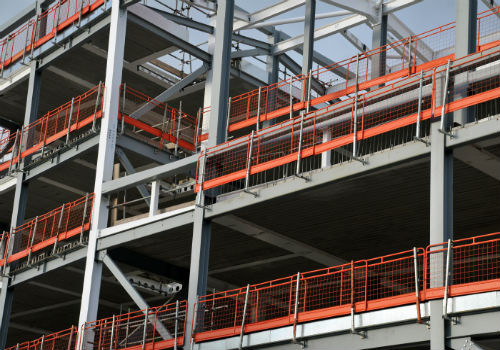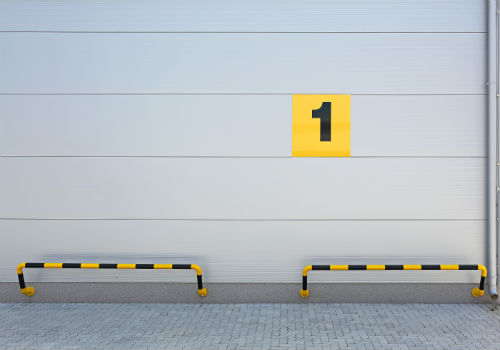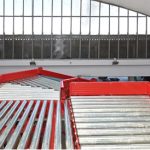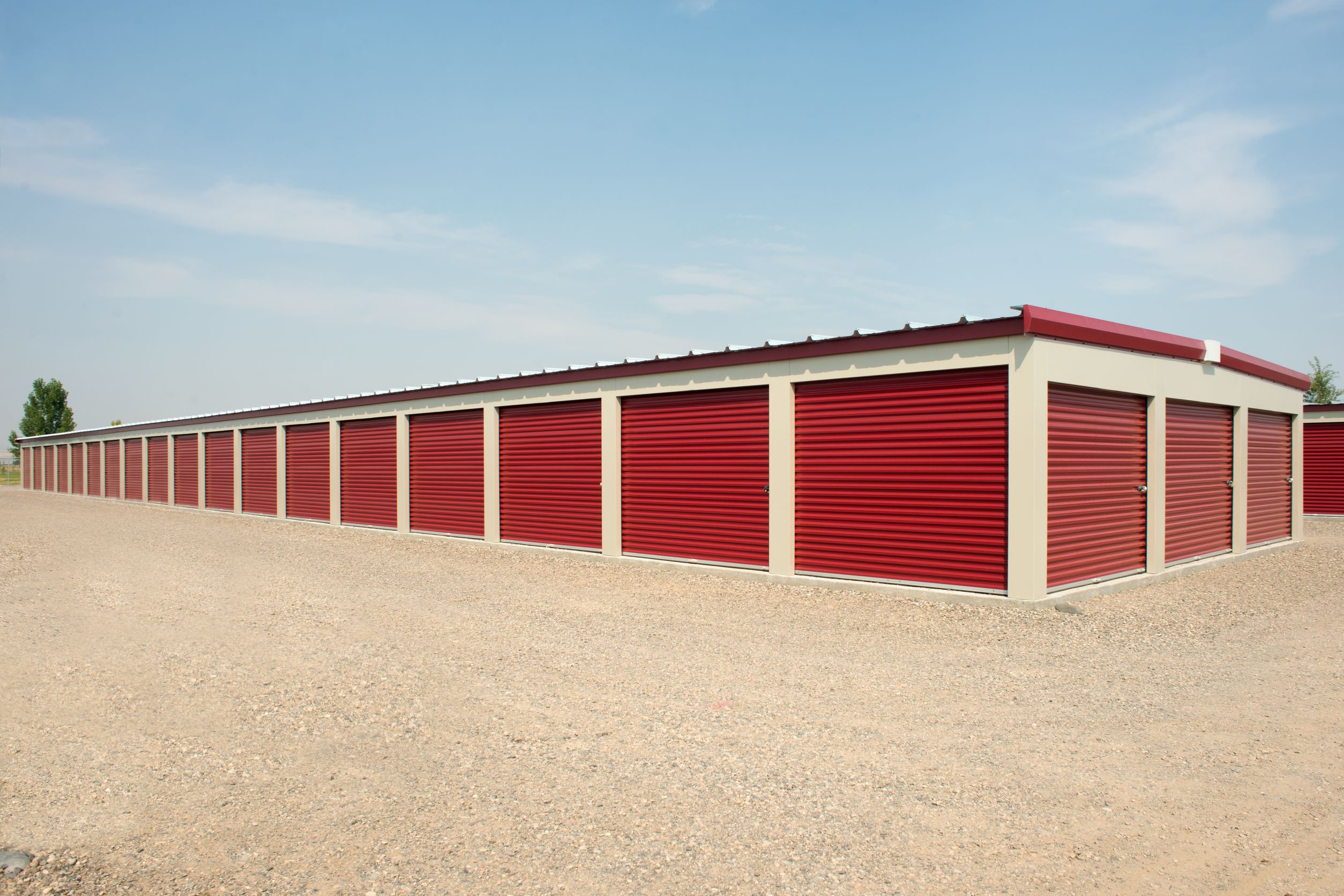
Including a guard rail system in your warehouse is an important safety feature. Collisions and falls are not only costly in terms of replacement and repairs but can also result in injuries. Guard rails can help prevent damage to your storage, stock, and machinery.
Separating types of traffic
Any warehouse that uses forklifts and other vehicles should have guard rails to separate types of traffic. While forklift operators will be trained to avoid collisions, it is much safer to divide vehicle and pedestrian zones wherever possible. For high traffic areas, it is advisable to use a heavy duty double rail system.
The physical separation of the guard rail means that even if an accident does occur, the damage will be limited. High quality guard rails such as those from Shelving + Rack Systems can withstand collisions from a 10,000-pound forklift, at up to 4 mph.
Protecting racks and shelving
Any impact to your pallet racking or shelves could have serious consequences for your business. Not only might your stock be damaged, but the racks themselves may need to be replaced. This is a time consuming and expensive issue.
Guard rails should be placed at any point where there is a risk of collision from a vehicle. Make sure that the ends of your racks and shelving are protected as well as the sides. If you are concerned about access to your inventory, you can install removable guard rails.
Preventing fall risks
Any catwalks or mezzanines should have rails to prevent the risk of falls. Guard rails can be the best type of rails to use, as they are specifically designed to withstand heavy impact. In the event of a serious accident, this is very important.
OSHA guidelines state that any risk of fall from four feet or over requires some sort of active safety precaution. Guard rails may be preferable to options such as netting or harnesses, as they also provide structure and stability.
Protect conveyor systems
Damage to any one part of a conveyor system can affect the entire structure. Any warehouse relying on conveyor systems should always keep them in working condition. Guard rails placed along the length of your conveyor system can give you peace of mind by helping prevent damage.
Protect machinery
Many modern warehouses include machinery or robotic components to assist with automation. These features are often expensive, as well as being vital to the efficiency of your operations. This means they should have adequate protection.
Guard rails can help ensure your investment is not at risk from damage. They can also help protect the employees who use the machines or robots.

Protect dock doors
Dock doors may be at particular risk of collision damage, as vehicles will frequently drive through the space. Installing guard rails is any easy way to ensure the risk is minimized. You can choose removable or drop in rails for areas of frequent access.
Protect columns
If your warehouse roof is supported by columns, it is extremely important to prevent any damage to them. A damaged support can put the structure of your building at risk and may prevent you from accessing any storage units using the column as support. Guard rails can be placed around the base of columns and other supporting structures, to ensure safety.
Separate hazardous storage
If you store any hazardous materials, it is particularly important to ensure these areas are protected. Guard rails can help prevent dangerous accidents. You can also use guard rails as separation of a restricted zone for hazardous storage areas.
Separating warehouse areas
It is often important to separate your warehouse into different zones. This helps to organize your stock into sections. You can also divide operational areas, such as your picking and packing stations.
Guard rails allow you to separate these areas while also providing protection for the components of each section. Instead of having only lines painted on the floor, or hanging signs, guard rails provide a clear and immovable zone perimeter.








